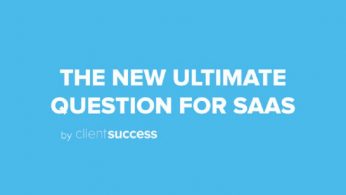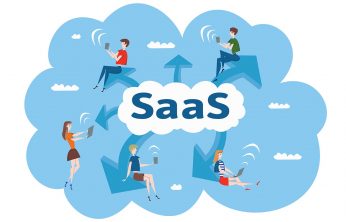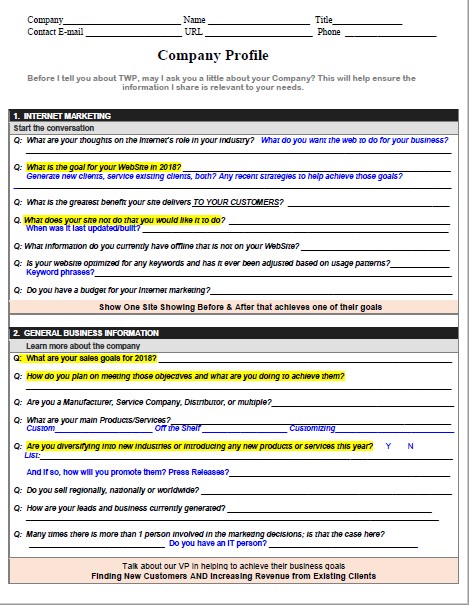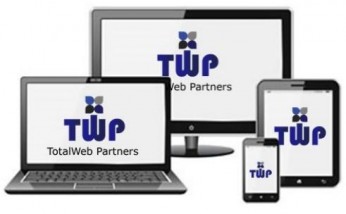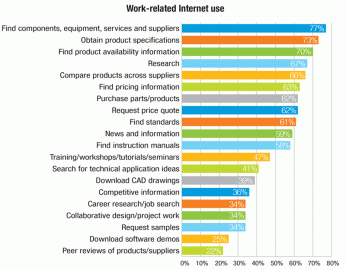There seems to be a rigorous debate in the SaaS customer success space about the value of measuring customer satisfaction through various survey methodologies, whether CSAT, NPS or CES (customer effort score). While each of these methodologies have their merits, I believe there’s a better question to ask, maybe the ultimate question every SaaS (or subscription) company should use to best measure customer sentiment.
For a SaaS company, your customers ultimately speak with their feet and their wallet in the form of renewals. If they’re getting value from the solution(s) and experience you deliver, they will continue to purchase your product again, or renew. If they aren’t getting value, they’ll stop paying for your product, or churn. It’s as simple as that.
Engage Customers By Asking Pointed Questions
It all comes down to engaging customers to the point they feel comfortable talking and discussing difficult matters with their Customer Success Manager (CSM) or representative. Laying out discussion topics can help identify the opportunities and risks associated with every account. Both open-ended and yes-or-no-questions can be helpful as any answer can help formulate and guide customer success strategy and planning. Customer input and guidance is the number one best way to formulate next steps from both individual customer issues and overarching departmental strategies.
The New Ultimate Customer Success Question
Ready for the question that can help serve as a guide to the entire customer journey? Here it is:
The Ultimate Customer Success Question
“If your renewal was today, would you renew?”
While it may be tempting to embellish this short and sweet question, customer success teams should keep it simple. Even a quick yes or no answer from customers is enough of an answer. Putting a blunt question about renewal in front of a customer may seem daunting—especially during non-renewal seasons—but in reality this question masks an even deeper one aimed at customer success teams: “Are we doing all we can do to ensure this customer is happy and, perhaps more important, successful at every stage of their journey?”.
Confronting issues head-on with questions as black-and-white as the daunting renewal question means putting the issues on the table for mutual acknowledgment and responsibility. A customer success team that asks this question is quite literally putting it all out in the open to understand how they can better serve their customer.
3 Additional Questions Customer Success Leaders Should Ask:
- If you (as an individual) were to leave your company right now, would your company continue to use our product or service? Ask for details from the response.
- Do you feel as though our team is meeting your specific project goals? Ask for details from the response.
- Will you advocate for room in the budget for this product or service in the future? Ask for details from the response.
One thing to remember? Ask these types of questions before the renewal—preferably many months before. The sooner a CSM can bring red flags to the surface, the better for all stakeholders involved. In addition, identifying these issues early in the customer lifecycle reduces the risk of repetitive root causes and increases the opportunity for proactive resolution.
Continuing the Conversation
The ultimate question, along with its counterparts, are not just one-and-done conversation topics, no matter how appealing that option may be to some customer success professionals. This question (or a similar equivalent) should be revisited several times throughout the entire customer journey. As customer’s answers change, so too will customer success strategy and plans change. This creates a continuous cycle of review and revision that is vital to the success of any Customer-CSM relationship.
Asking unapologetic, no-holds-barred questions at every stage of the customer journey—from day 1 even—puts the customer at ease and makes them feel comfortable with you and your entire team. Being upfront with issues and conflict can also build credibility and accountability. Customers appreciate strong partner teams who are ready to work through problems rather than sweep them under the rug.
Always Be Prepared To Have Important Conversations
While all customer success teams should be aware and ready to have these important conversations, it’s also critically important not to push customers into corners. Bring up the ‘Ultimate Customer Success Question’ when both your customer audience and your internal team is ready for the subsequent discussion. What are some questions your team uses to open up critical conversations with customers?
